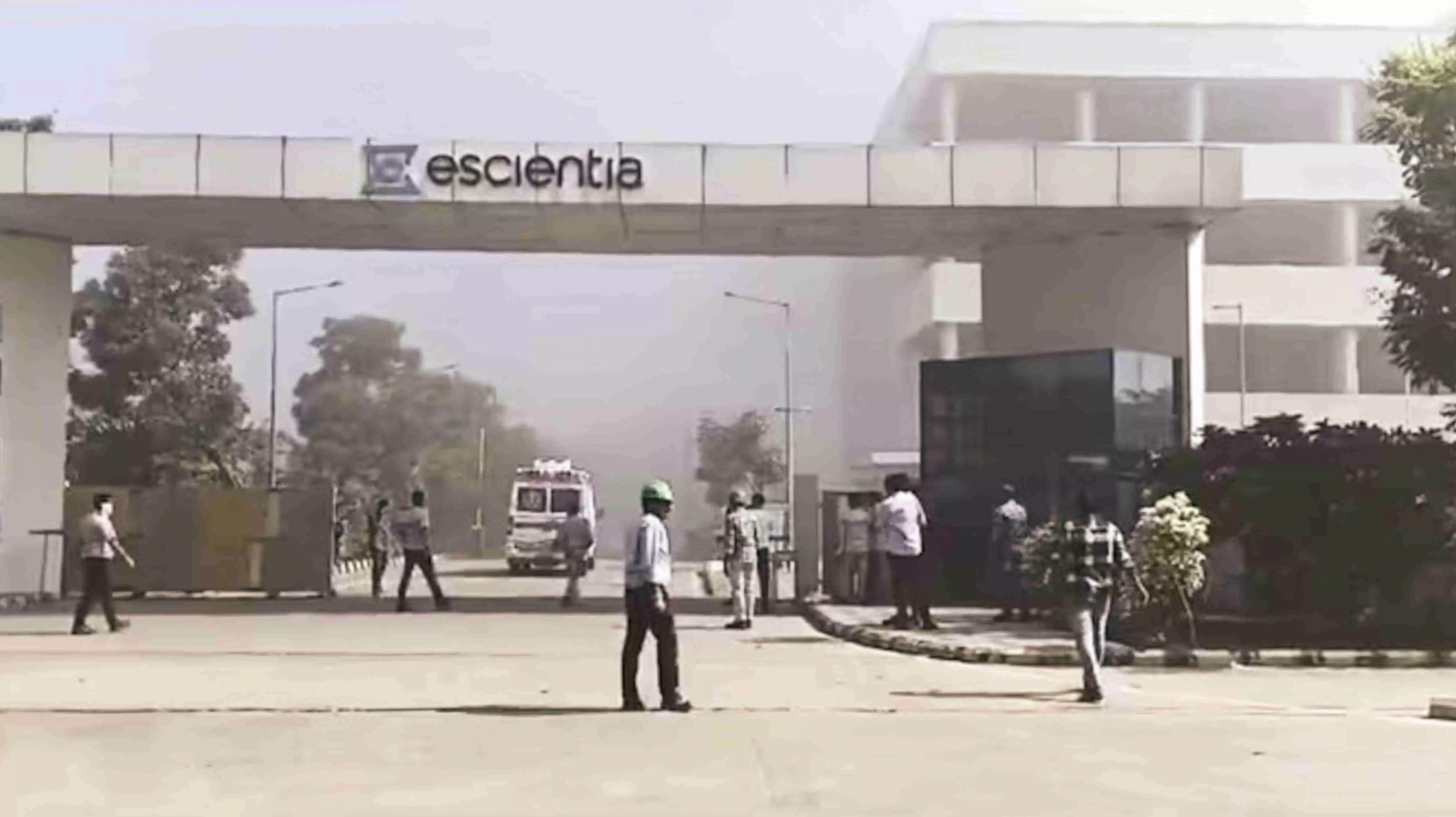Cyclic negligence

The tragic blast at Escientia Advanced Sciences Private Ltd. in Andhra Pradesh’s Atchutapuram—a special economic zone (SEZ)—has claimed the lives of at least 17 workers and injured more than 40. The incident is yet another reminder of the perilous conditions under which the worker class of the country is allowed, rather forced, to operate.
As per the state’s home minister, as quoted by The Hindu, the blast occurred after a solvent leak fell on the electric panel. Workers were trying to plug the leak of the solvent, Methyl Tertiary Butyl Ether (MTBE), before falling prey to the tragic blast. It is reported that potential for casualty was much higher. Hundreds of workers had been working in two shifts in the company. However, at the time of the accident, which coincided with lunch hours, many workers might be off the premises. The solvent leak, as per reports, had also resulted in accumulation of gas in three floors of the building, which could have kept workers away from the site. The accident has once again exposed the glaring gaps in safety protocols and the systemic negligence that plagues hazardous industries in the country.
The Escientia blast is not an isolated incident but part of a disturbing pattern of industrial accidents across the country. In fact, the SEZ of Atchutapuram itself has witnessed a couple of reactor blasts recently. Just a month ago, on July 17, a worker had died due to a reactor explosion at Vasanth Chemicals in the SEZ. Slightly over a year ago, in June 2023, as many as six workers had their lives cut short due to a reactor blast at Sahiti Pharma.
These incidents were strong enough for pharma manufacturers and the government to introduce effective interventions aimed at minimising the risks of such disasters, but hardly any lessons seem to have been learnt. What follows rather is the assurance of thorough probe, formation of committees and strict punishment—all fading into oblivion over a course of time. All this negligence is exhibited despite the ever imminent dangers looming in the sector. The pharmaceutical and chemical sectors, particularly in regions like North Coastal Andhra Pradesh, are fraught with risks due to the hazardous materials involved in production processes. Yet, despite the inherent dangers, the enforcement of safety regulations remains lax, and workers are often left vulnerable to life-threatening situations. There is a need for a thorough overhaul of safety oversight mechanisms. This cycle of negligence and inadequate enforcement must be broken if we are to protect the lives of those who work in these high-risk industries.
A more robust and independent safety monitoring mechanism is desperately needed. The rapid expansion of industries, particularly in sectors dealing with hazardous materials, has outpaced the development of adequate safety infrastructure. While economic growth and industrialisation are essential, they must not come at the cost of human lives. The government, along with industry leaders, must prioritise the implementation of stringent safety standards, regular audits, and continuous training for workers to handle emergency situations effectively.
In the Union Budget tabled last month, the Union government had allotted lucrative infrastructure spending for states ruled by its critical allies—including Chandrababu Naidu’s TDP in Andhra Pradesh. Apart from pushing for reckless infrastructure drives, a part of the resources and energy should be directed towards ensuring safety of workers in hazardous sectors.



